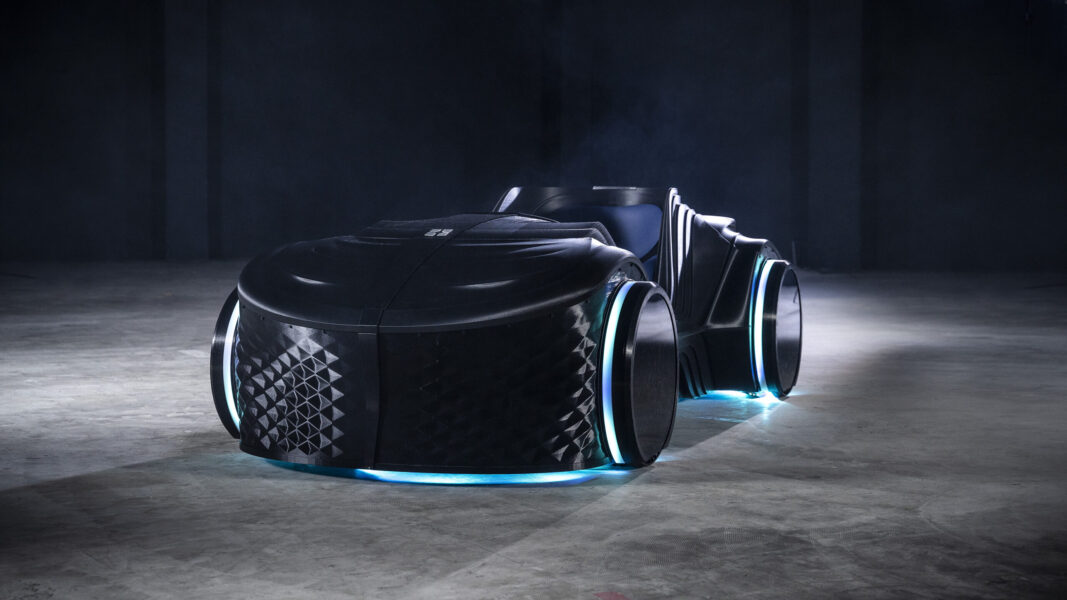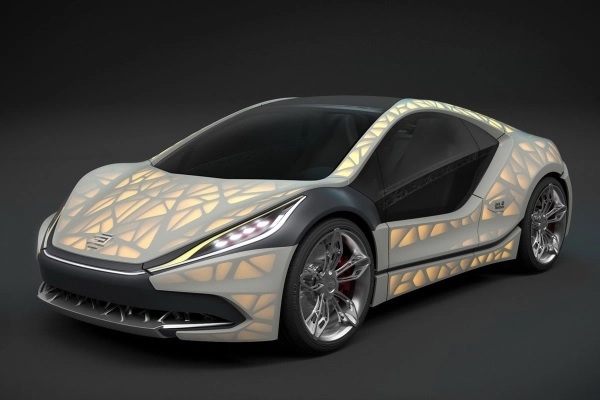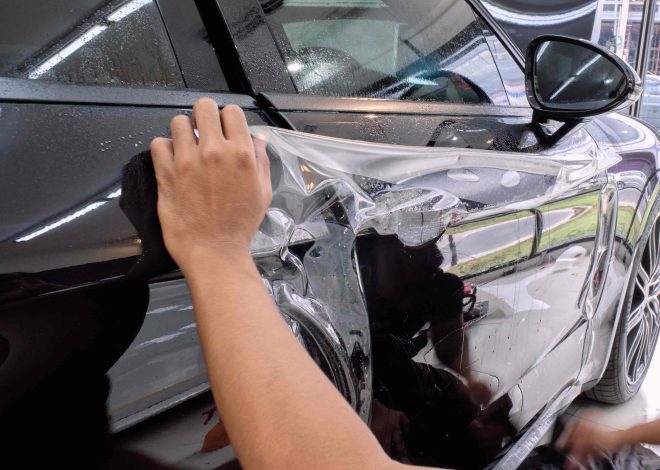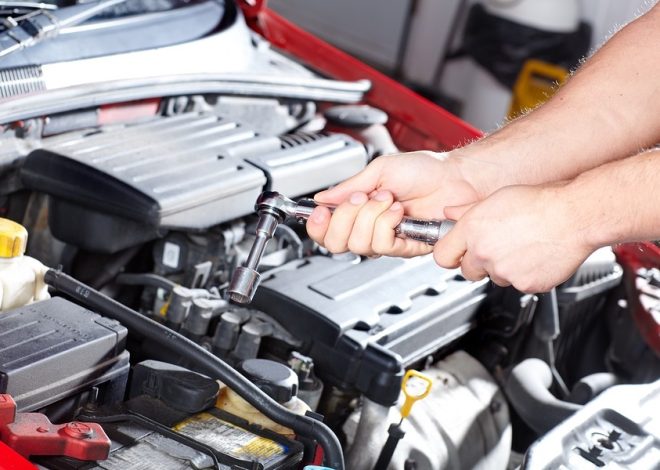
The Future of Auto Manufacturing: A Peek into 3D Printing Cars
3D printing has been around for quite some time now, and it has revolutionized the manufacturing industry. From printing prosthetic limbs to creating custom jewelry designs, the possibilities of 3D printing are endless. However, the most exciting application of this technology is its potential to 3D print cars.
What is 3D Printing?
3D printing, also known as additive manufacturing, is a process of creating three-dimensional objects by layering materials on top of each other. The printer reads a digital file and builds the object layer by layer until it’s complete. The materials used in 3D printing range from plastics to metals, ceramics, and even food.
Why 3D Printing Is the Future of Auto Manufacturing
Traditional auto manufacturing involves a complicated process of stamping, welding, and assembling parts. This process takes time, requires a large workforce, and is expensive. 3D printing, on the other hand, can produce parts in a matter of hours, with minimal waste and cost.
3D printing also allows for more design flexibility. With traditional manufacturing, designers have to work within the limitations of the machinery and tools. With 3D printing, designers can create complex shapes and structures that would have been impossible to create with traditional methods.
How 3D Printing Cars Works
3D printing cars involves printing the various components of the car, such as the body, frame, and wheels. The printing process is done in layers, with each layer building on the previous one until the entire car is complete.
The materials used in 3D printing cars are typically lightweight and durable, such as carbon fiber reinforced plastic. This makes the cars more fuel-efficient and eco-friendly. The 3D printing process also allows for customization, so car owners can have a say in the design of their cars.
The Advantages of 3D Printing Cars
- Reduced cost of production
- Increased design flexibility
- Customization
- Reduced waste
- Faster production time
- Lightweight and eco-friendly materials
The Challenges of 3D Printing Cars

Despite the many advantages of 3D printing cars, there are still some challenges that need to be addressed. One of the biggest challenges is the cost of the 3D printers themselves. While the cost of 3D printers has come down significantly over the years, they are still expensive, especially for large-scale production.
Another challenge is the limited size of the 3D printer. Most 3D printers are not large enough to print an entire car in one go, so the car has to be printed in parts and then assembled. This adds time and complexity to the production process.
The Future of 3D Printing Cars
The future of 3D printing cars looks bright. As the technology advances, the cost of 3D printers will come down, and the size of the printers will increase. This will make it possible to print entire cars in one go, reducing the time and complexity of the production process.
With the ability to customize cars, 3D printing will also change the way we think about car ownership. Instead of buying a car off the lot, consumers will be able to design their own cars and have them printed on demand. This will revolutionize the auto industry and change the way we drive.
Conclusion
3D printing has already revolutionized the manufacturing industry, and the future of auto manufacturing looks bright with this technology. While there are still some challenges to overcome, the advantages of 3D printing cars are clear. With faster production times, reduced waste, and increased design flexibility, 3D printing cars will change the way we think about cars and car ownership.




